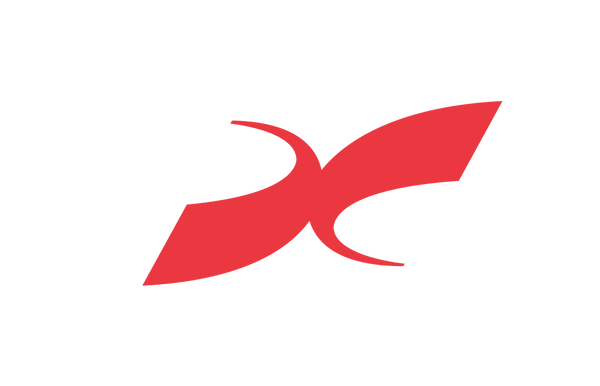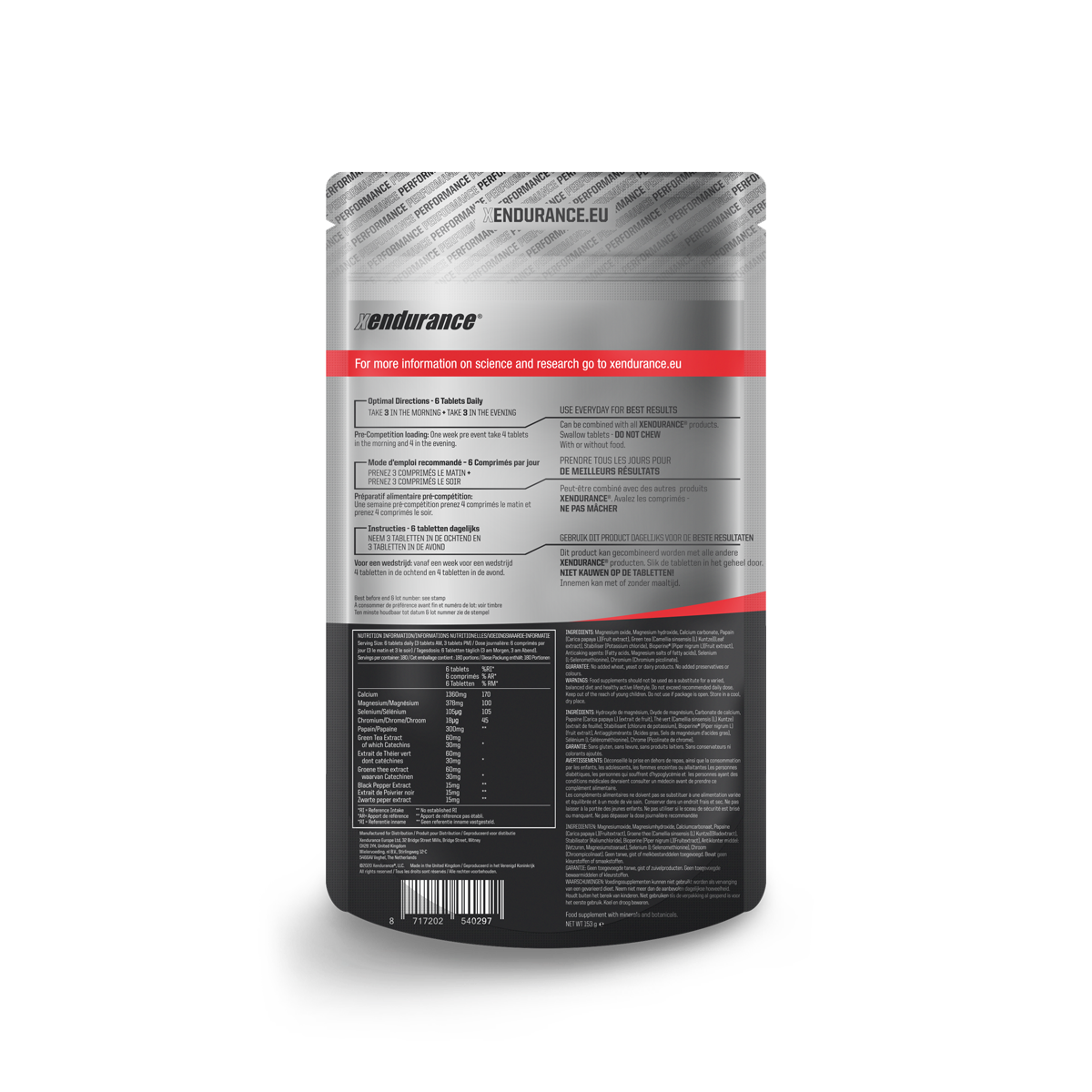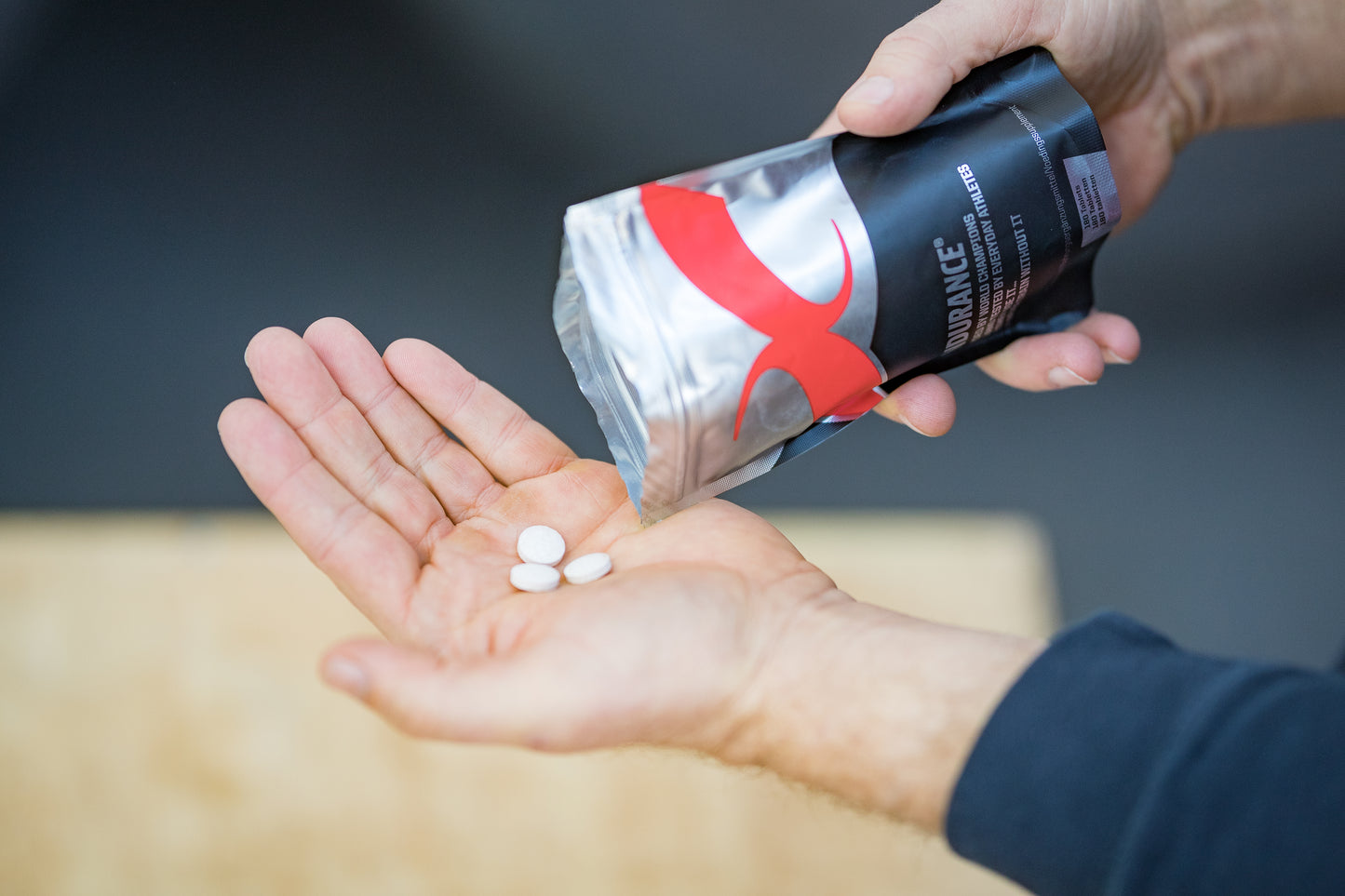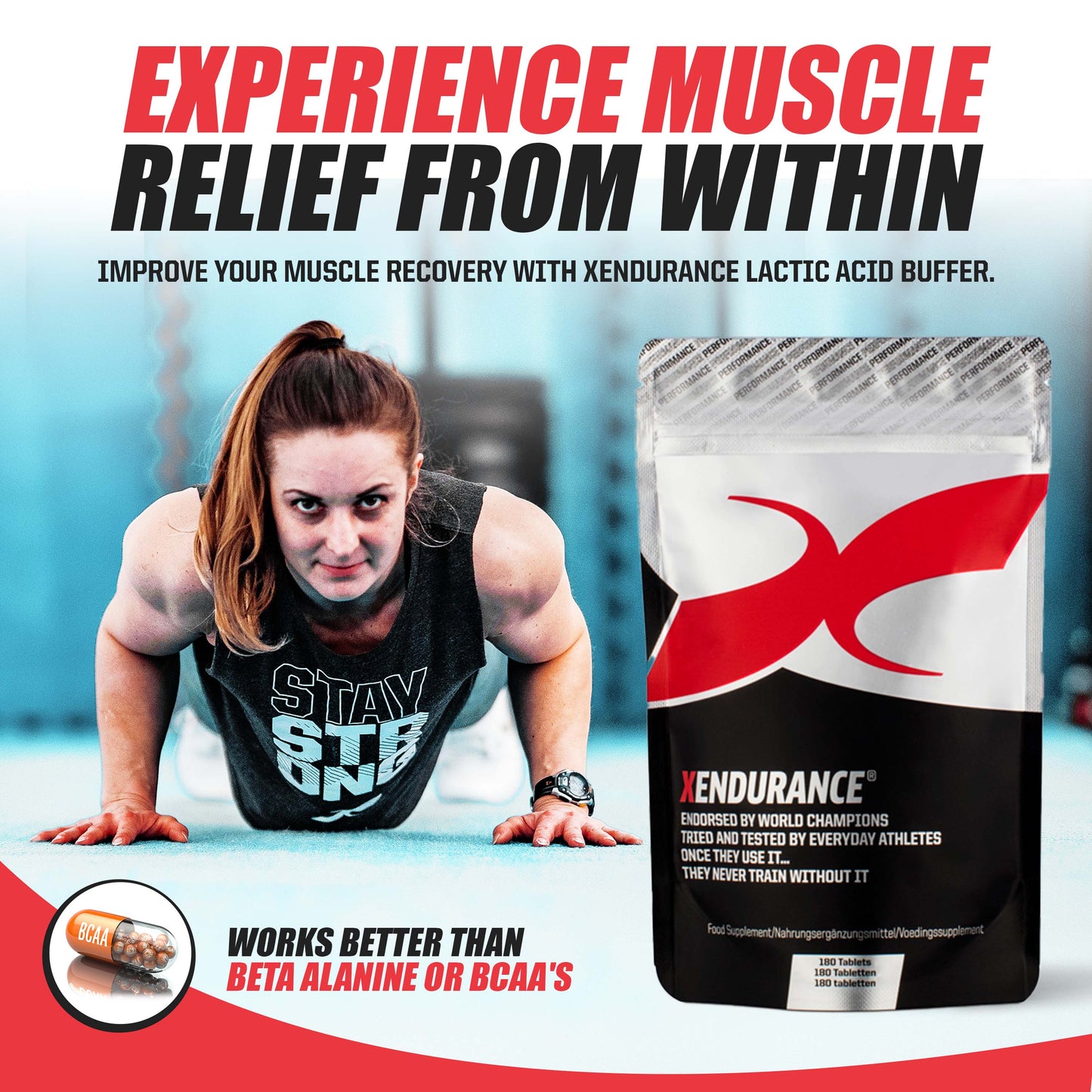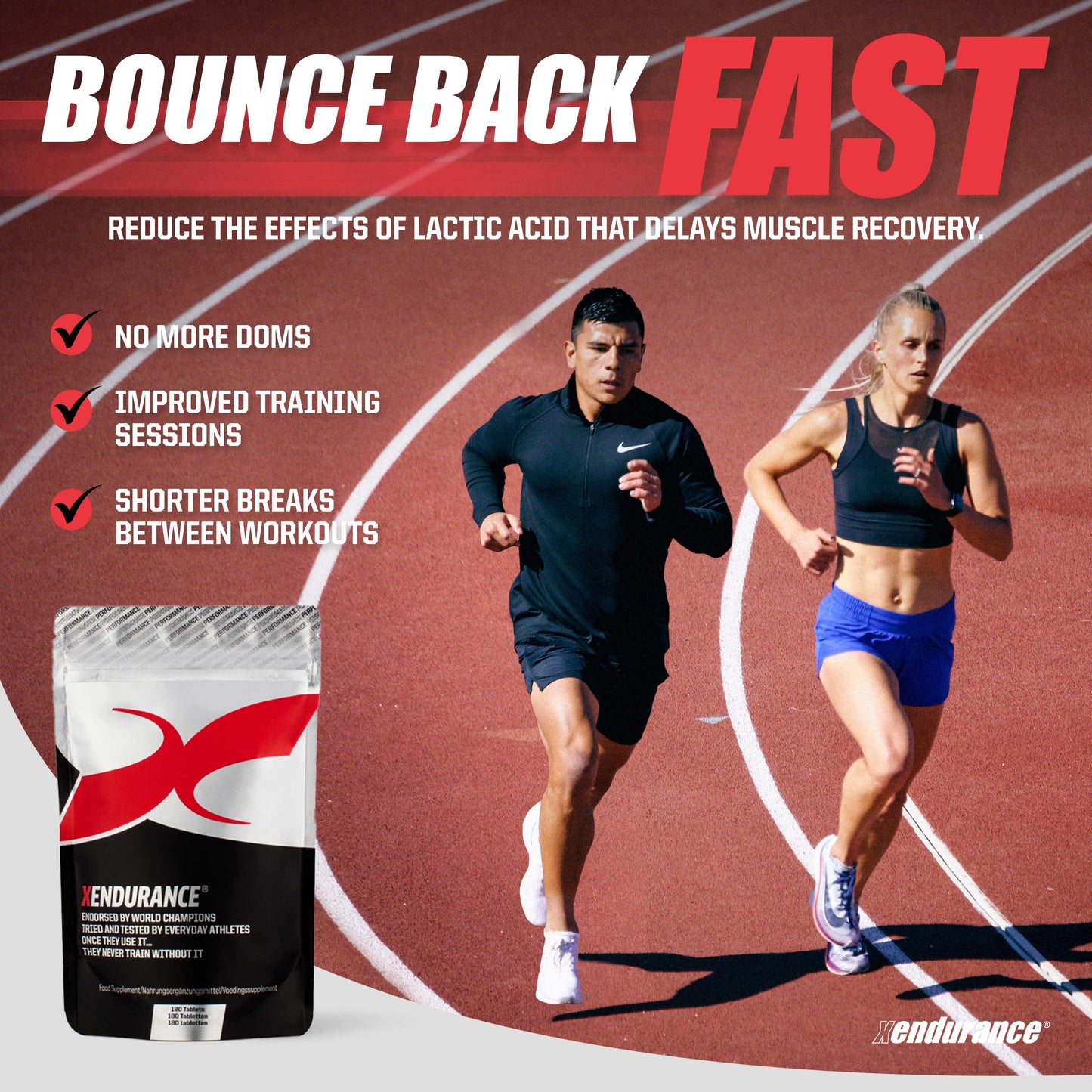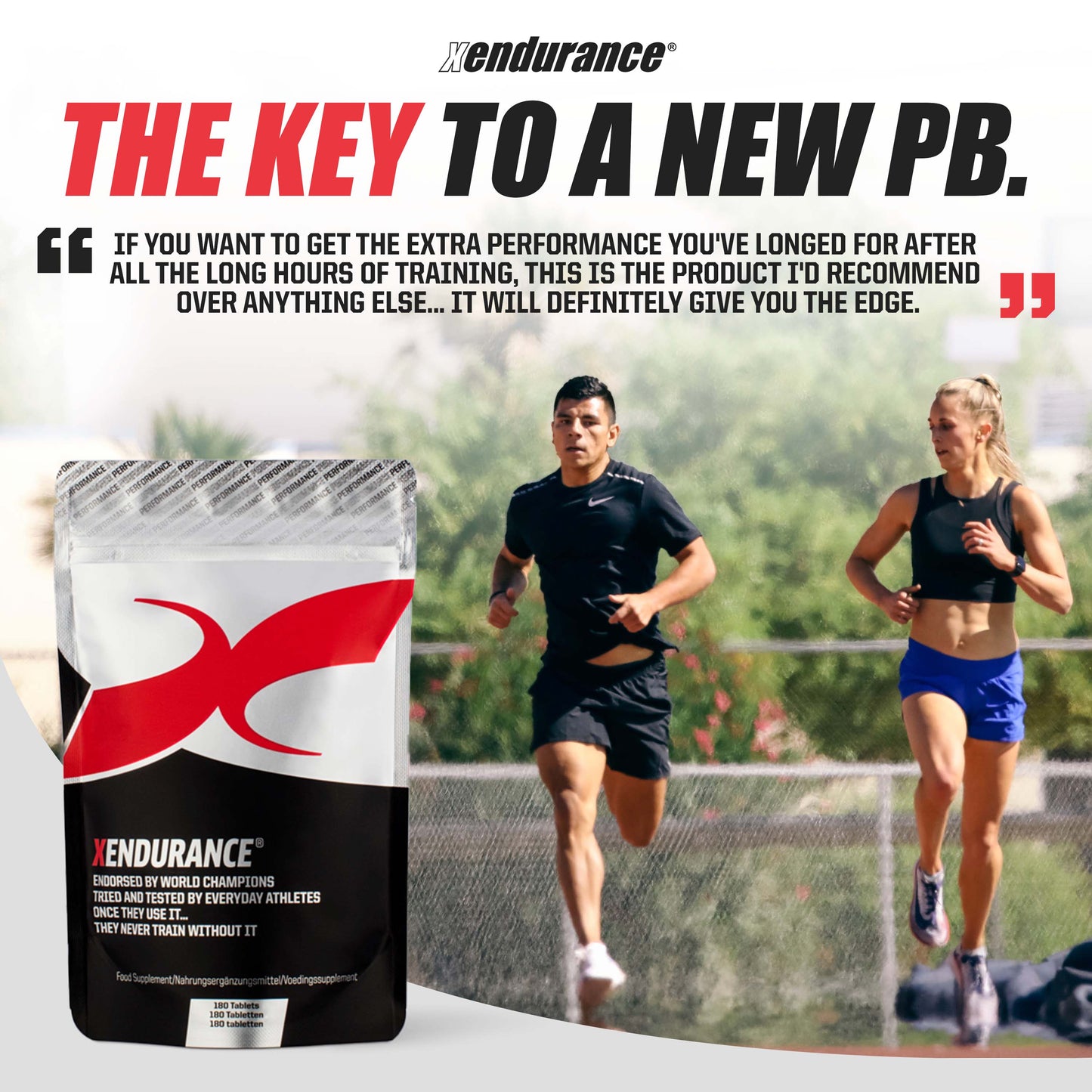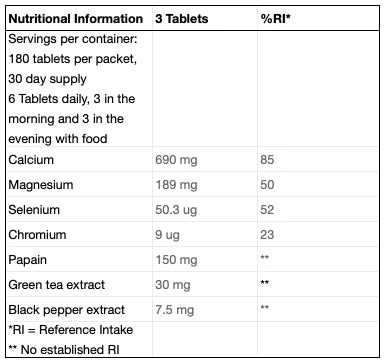Share
Triathlon is a great sport in which to test your limits and exceed them. It’s true for professionals winning Ironman Hawaii, to men and women who arise from the couch to train and finish a sprint triathlon. In the drive to overcome obstacles and doubts, Sarah Reinertsen pushed herself to transcend the challenges associated with an amputated leg at 7-years old to set international sprint records and finish an Ironman with a carbon fiber prosthetic. For all of us who compete, part of the discipline of training and racing involves overcoming feelings of exhaustion and soreness and yes, pain, to meet our goals and get the best out of ourselves.
But not always.
One of the key tenets that all good coaches drum into their athletes is, “Listen to your body.” Take hydration during long endurance events; while nutritionists and coaches warn that you should take in plenty of water to avoid dehydration, there are plenty of examples in which strong-minded triathletes force-drink excessive quantities of water during an Ironman. This overloads their digestive systems and, in some cases, leads to a dangerous state of bloat and hyponatremia. Experts warn that if you wait to hydrate until you are thirsty in an Ironman, it’s too late. It is crucial to calculate and practice drinking correct amounts of water during training and not simply slam it down on race day. Under normal circumstances, the general rule to follow is that you won’t get into trouble by drinking when thirsty and eating when hungry - and stopping precisely when your body signals that you feel full.
When you’re an adolescent, evolution provides us with tremendous amounts of energy, drive and fearlessness – a capacity for risk-taking that allows us to grow and stretch our physical and emotional limits. But at the same time, we have to learn to pay attention to the sometimes subtle signals our bodies send out. We have to learn to distinguish between simple tiredness and incipient injury or we’ll pay a long-term price.
Think of the Cold War’s DEW (Distant Early Warning) Line – a line of radar stations across Alaska and Canada designed to give the North America early warning against a potential Russian nuclear bomber attack. While it apparently did its job before ICBM missiles and nuclear submarines made the DEW line outdated, American military officials had nervous breakdowns when flocks of geese set off the system.
Triathletes need to be able to distinguish real danger from a flock of soreness. But you must remain alert to recognize what I call the “Pheidippedes Line.” Pheidippedes is the Greek messenger who ran from Sparta to Athens to tell the citizens, “Rejoice, we have won,” and then keeled over and died. Cited as the inspiration for the marathon, no one should follow in his footsteps. Think about it. The danger was over. The battle was already won. If he had just slowed down and walked a few miles and drank some water from a creek…
Triathletes, too should use their heads and not override their body’s incomparably sensitive and brilliant computer to ape some myth of the Spartan, the stoic, the ridiculous warrior mentality of a Rocky, or live out the absurd bumper stickers of, “No pain, no gain,” and, “Winning is the only thing.”
Too often, triathletes accept sharp, persistent pain as a normal part of their workouts. Sure signs of this syndrome are regular use of ibuprofen or other over-the-counter painkillers to allow you to finish your daily workouts. Another clue is that you are ignoring a hip or knee pain that kicks in at the end of every workout or at a certain set mileage in a run or bike ride. These are clues that you are working on much greater, long-term, more devastating damage to your body.
It will definitely cut into your long-term fun.
Top chiropractors and sports physicians are the best guides. But every athlete should be aware of certain basic distinctions. Know that delayed onset muscle soreness (DOMS) is the actual tissue trauma and subsequent repair process that can happen after any intense workout or new activity pushing past the athlete’s current fitness level. Persistent, localised pain or discomfort during or after exercise (or any other time) should not be ignored. If you have sharp pain inside your knee, shoulder or shins, stop the workout and see a doctor. In fact, see two – then compare their results with your intuition and knowledge. And always remember that when you train through sharp pain your healthy habits have slipped into a dangerous obsession.
Over the years, I came back from extensive leg injuries that threatened to curtail my athletic life through optimism and intensive rehab. Now, I am coping with a nasty ear infection that has left me bedridden and seeking answers to get back to my workouts. From time to time, I wonder if I missed or ignored some of my body’s early warning signs. But maintaining a state of alert for those early warnings is just what the doctor ordered. We have been given something fantastic in this human body--and we should listen to it.
